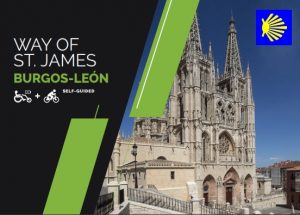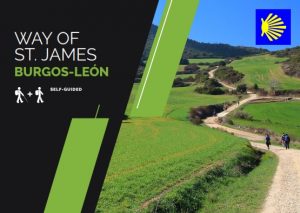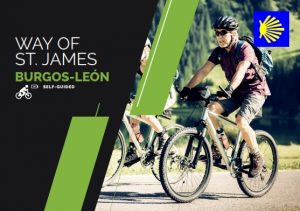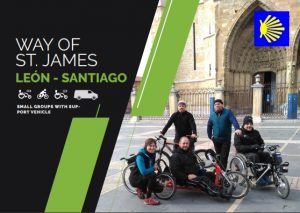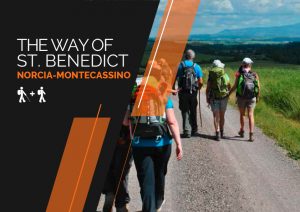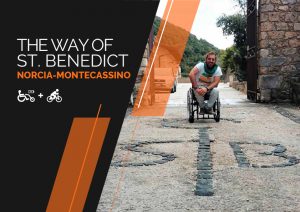The accessible destination packages have been developed within the SABER project; the design of the packages has involved the following steps:
- Preliminary analysis of accessibility data in both pilgrimage routes (checks of trails, services and facilities);
-
Selection of those stages on both routes which have the best accessibility conditions and less risks for tourists with disabilities. Roads and dangerous / critical obstacles (in most cases associated with steep slopes, traffic or dangerous crossings) have been decisive factors when discarding subsections for the design of accessible products.
-
Set for each package, the number of kilometers that can be daily traveled depending on each type of disability and type of travel (walking, hand- biking or biking).
-
Selection of suppliers (accommodation, restaurants and transfer services) with better adapted installations and best conditions of accessibility in their facilities.
-
Integration of collected, verified and selected suppliers to create packages considering the whole accessibility chain.
-
Detailing for each destination package specific information on the following common items: – Title – Brief description – Highlights – Itinerary day by day (with daily km) – Price (from) – Accommodations (type-cathegory) – Practical information – Included and not included – Booking calendar.
For more information on the Saint Benedict Way, you can write to sanbenedetto@openuproutes.eu, while for the Camino de Santiago to openuproutes@s-cape.es
Saint James Way (download complete catalogue)
St.Benedict Way (download complete catalogue)

